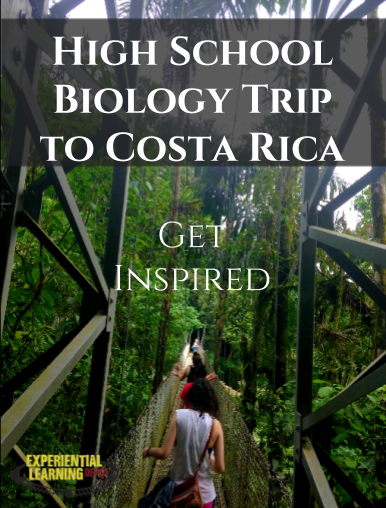|
Several years ago I traveled with some of my high school students to Costa Rica to study tropical biology. The purpose of the trip was to experience biodiversity and a culture different than their own first-hand. I often write about the benefits of educational travel.
There are many reasons to incorporate travel into school or homeschool curriculum - enhance worldview, gain content knowledge, build 21st-century skills, make lifelong friends- among other things. Check out 6 Reasons to Start an Educational Travel Program for more.
0 Comments
|
Blog IntentTo provide innovative educational resources for educators, parents, and students, that go beyond lecture and worksheets. AuthorSara Segar, experiential life-science educator and advisor, curriculum writer, and mother of two. Categories
All
|



 RSS Feed
RSS Feed